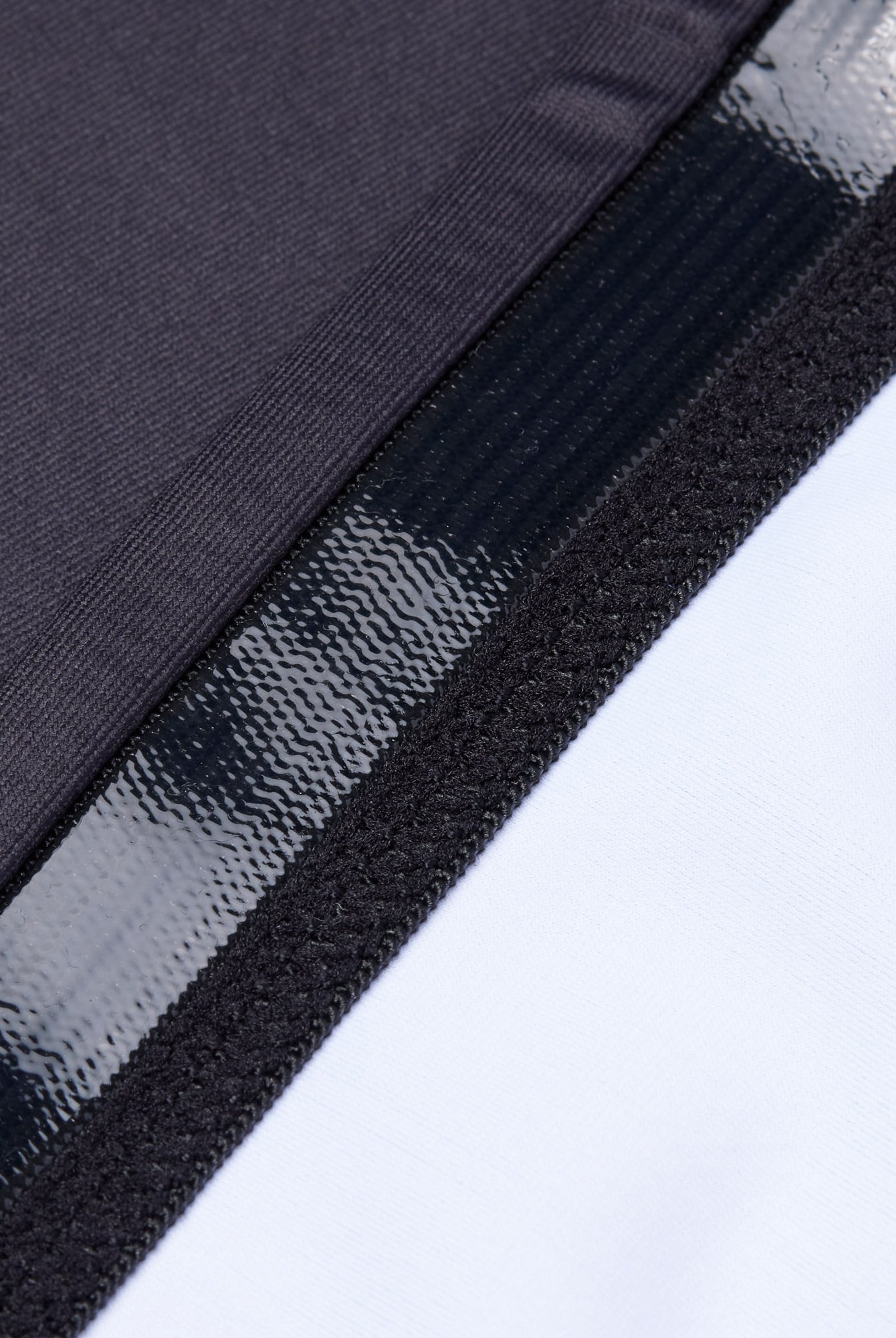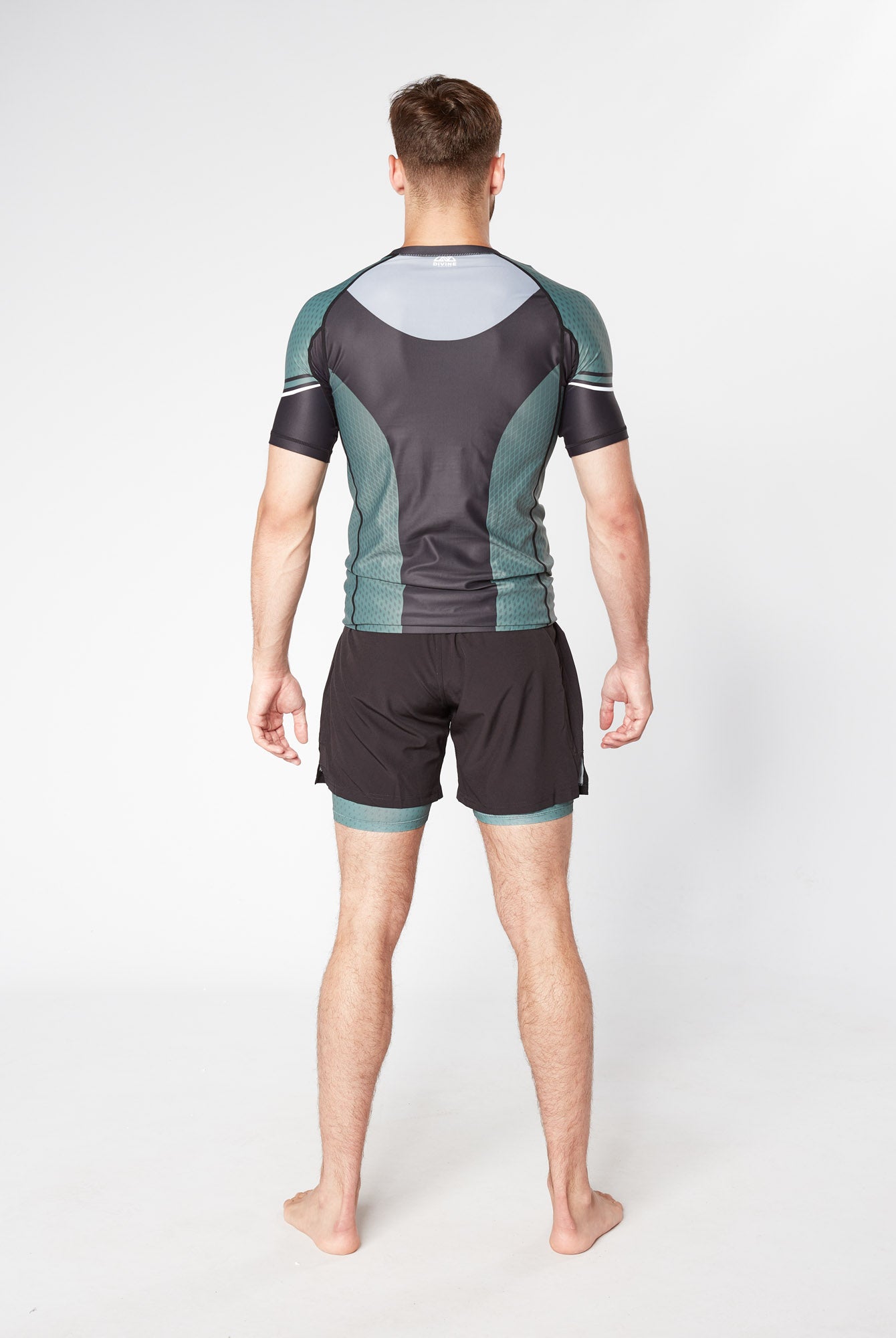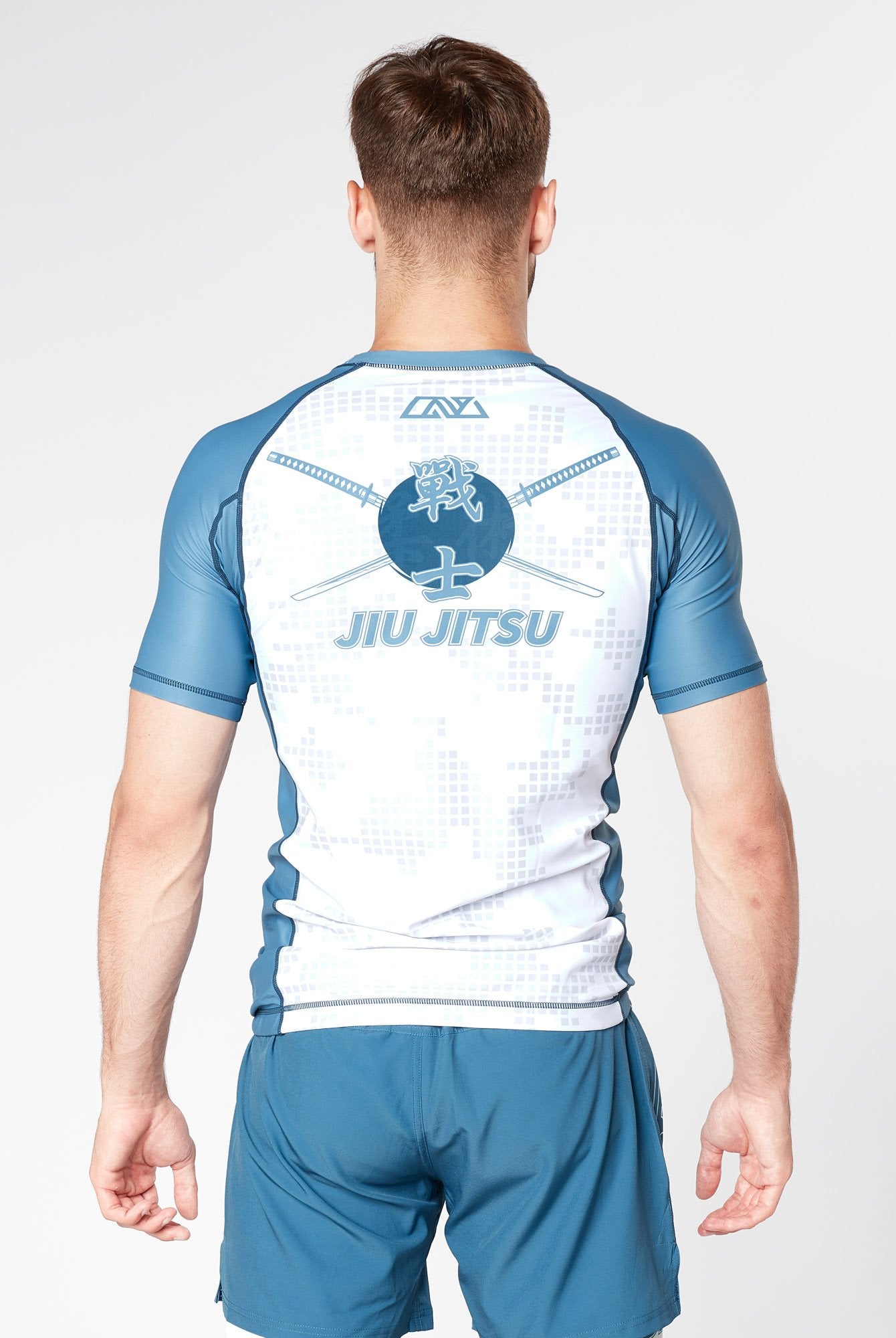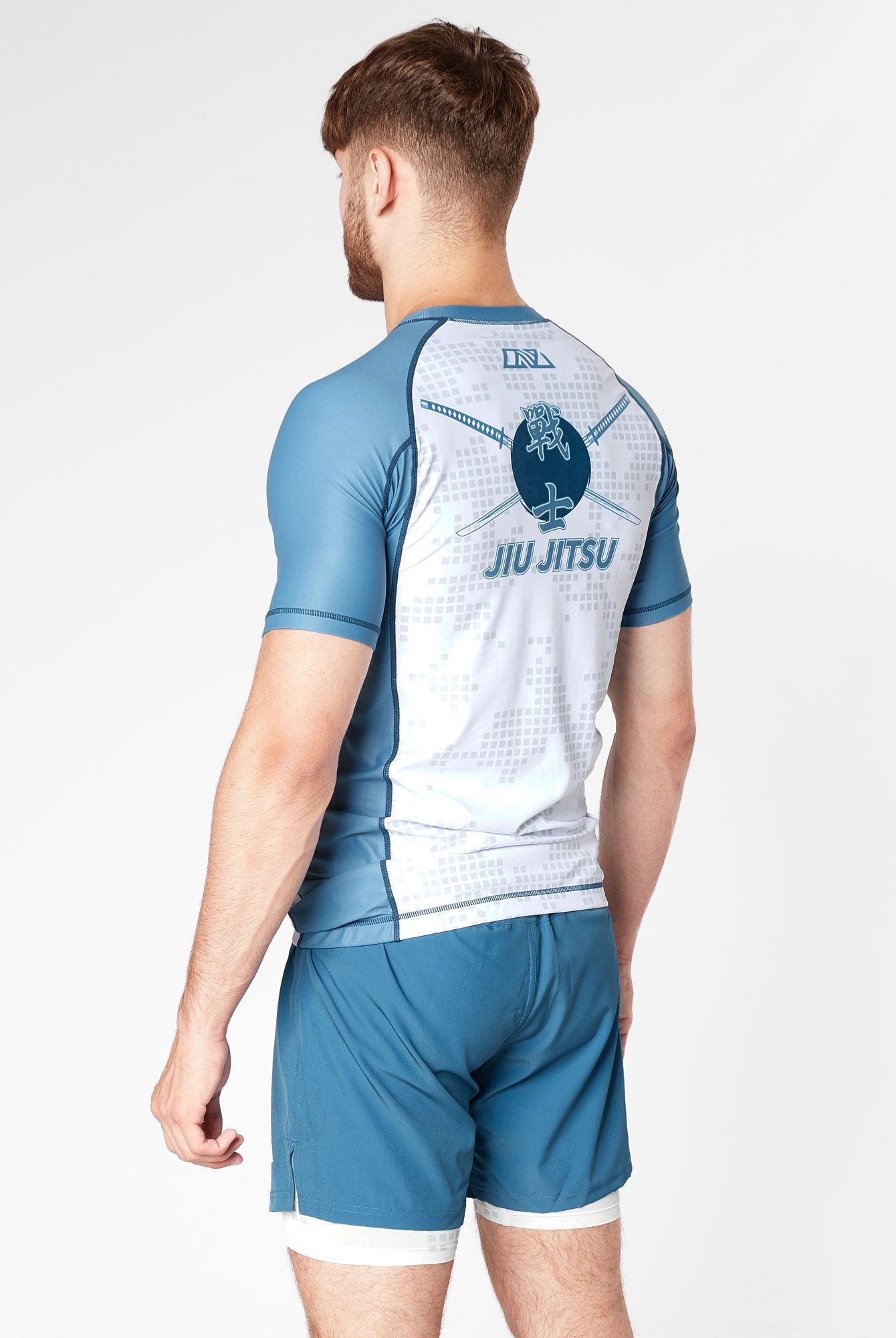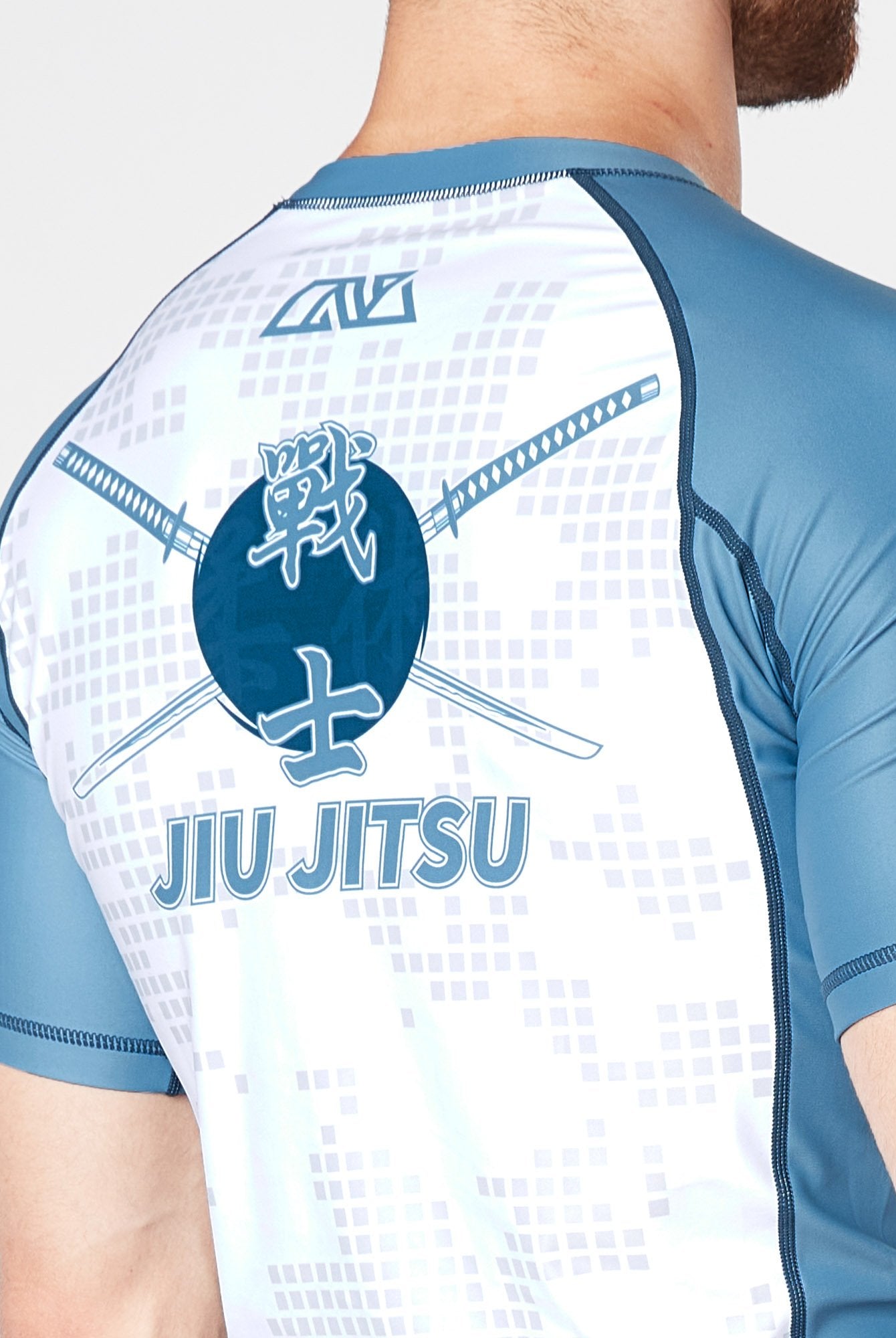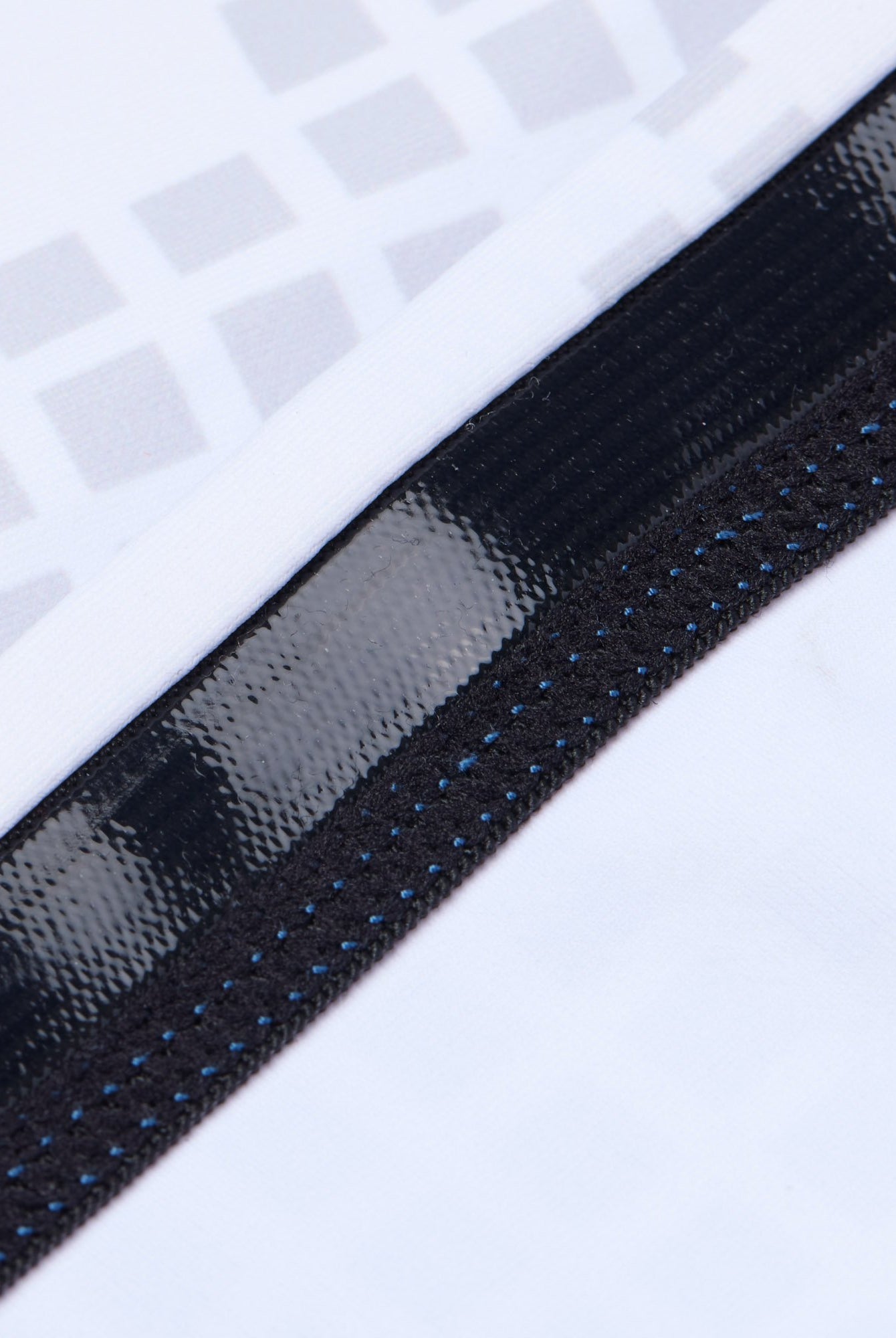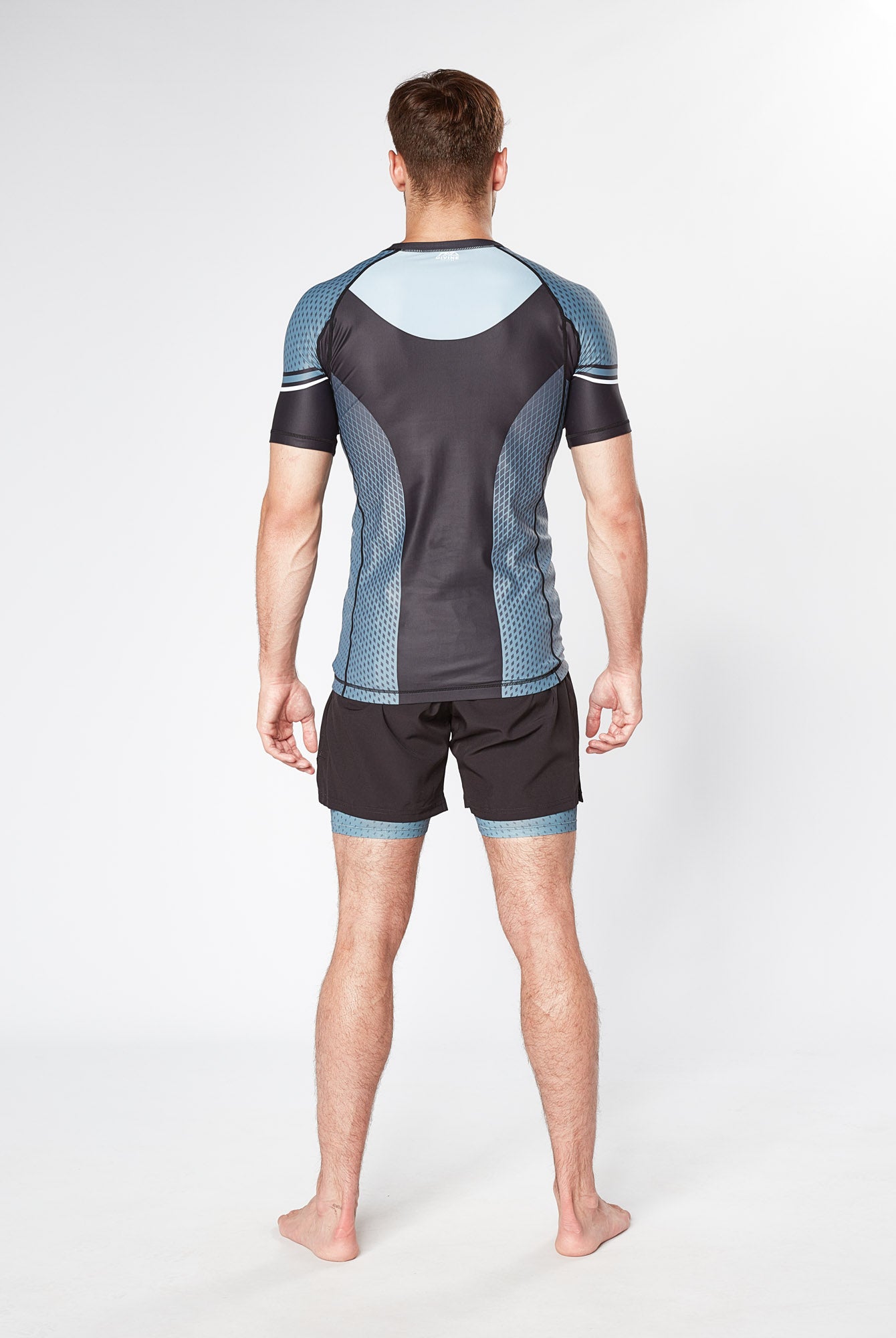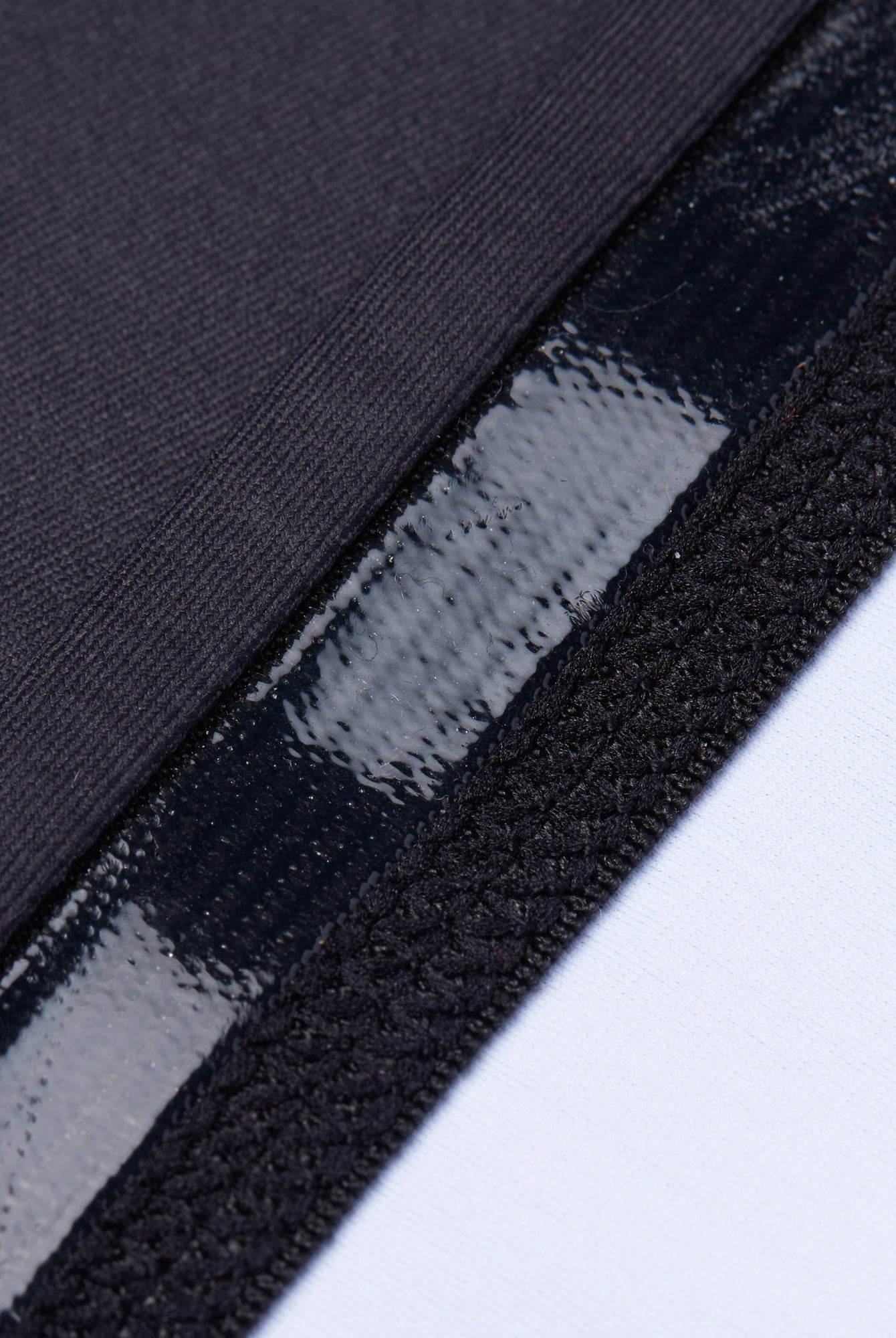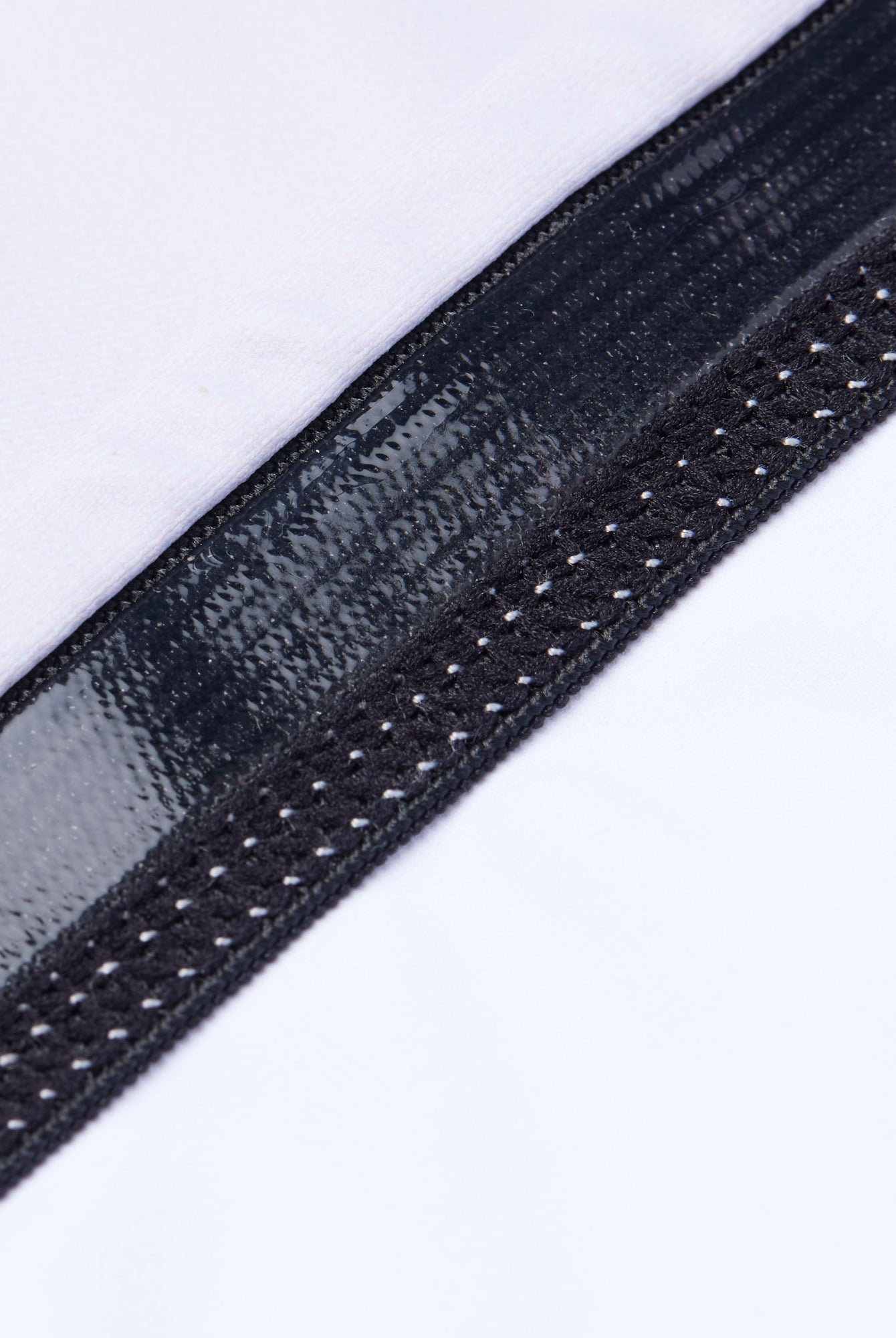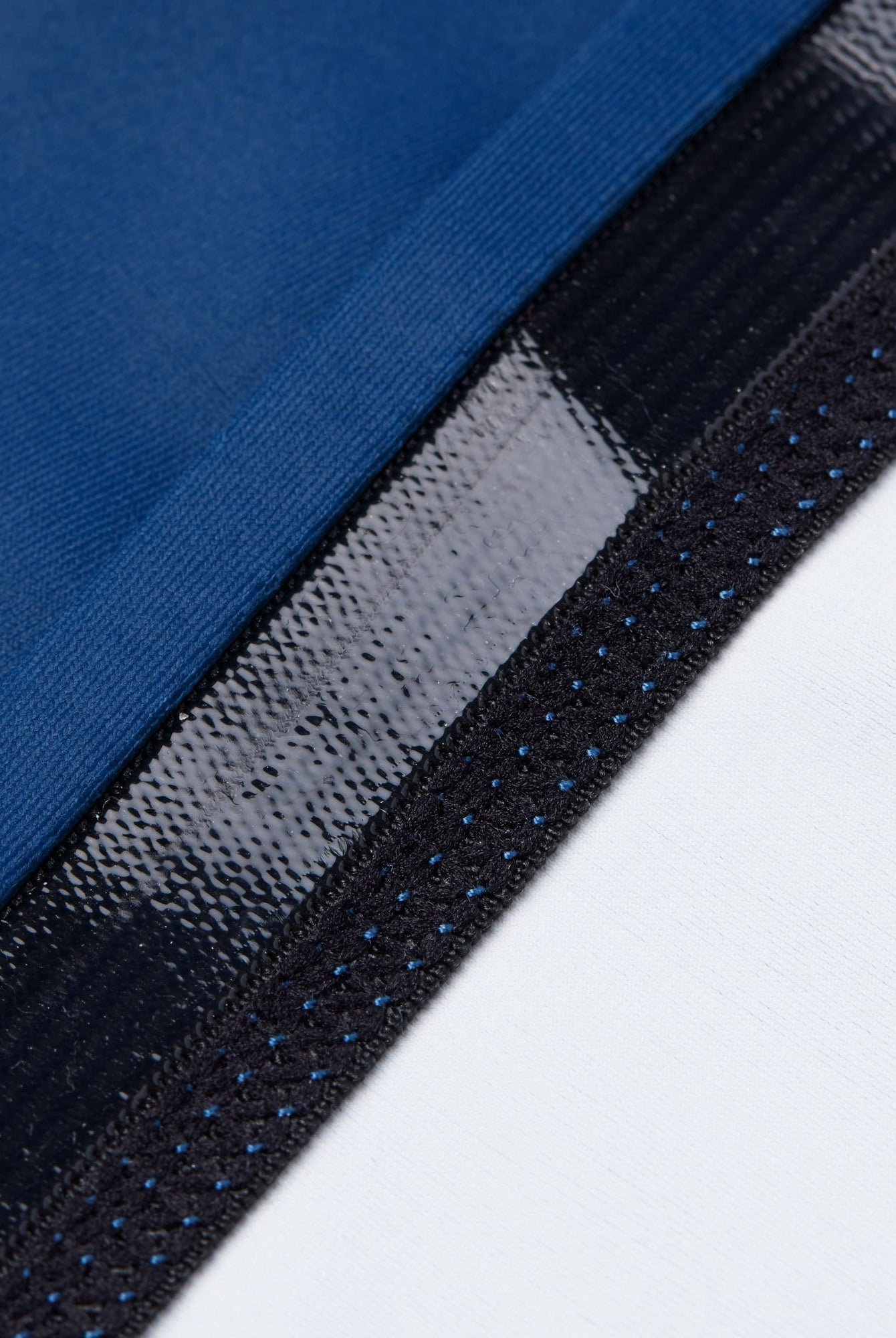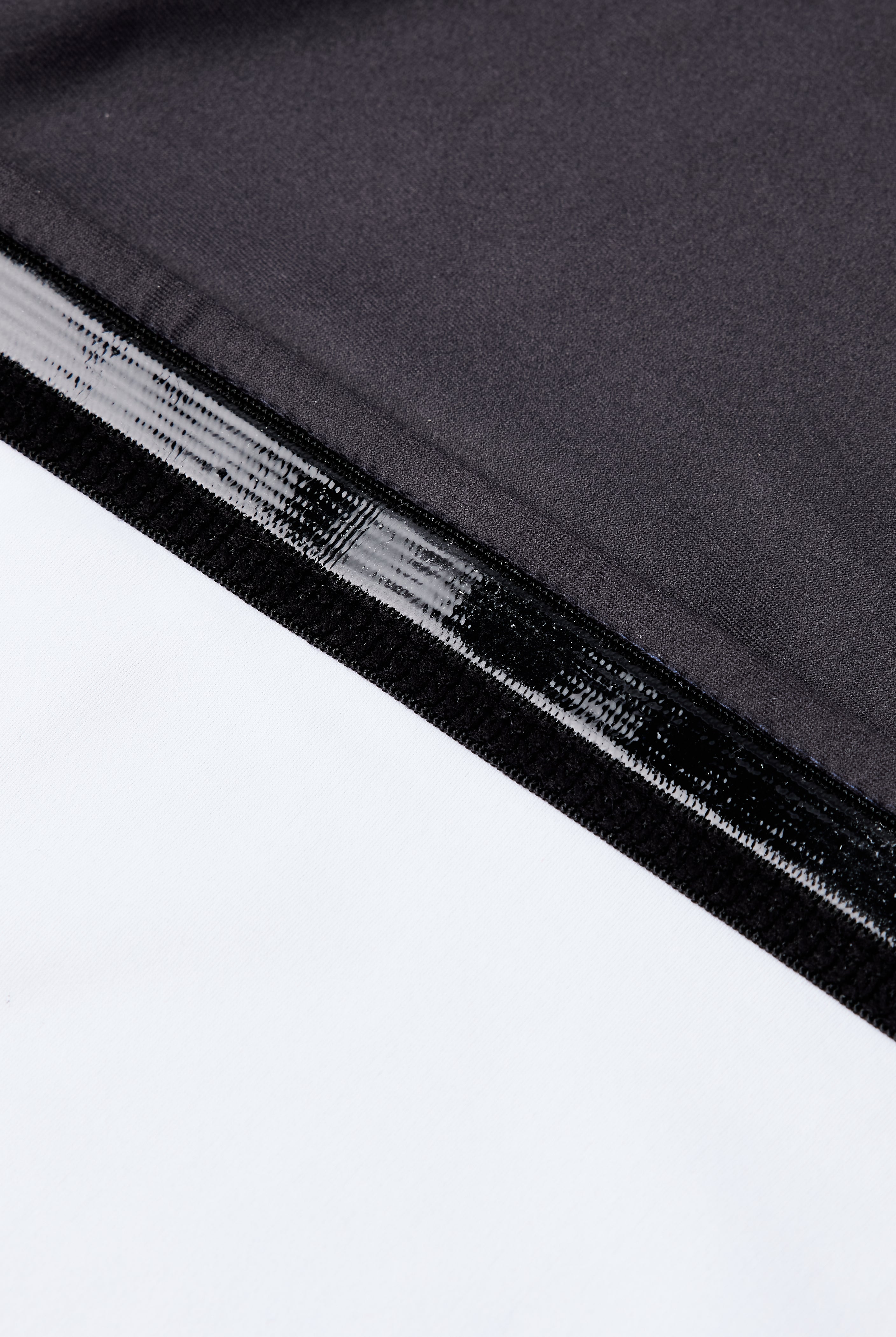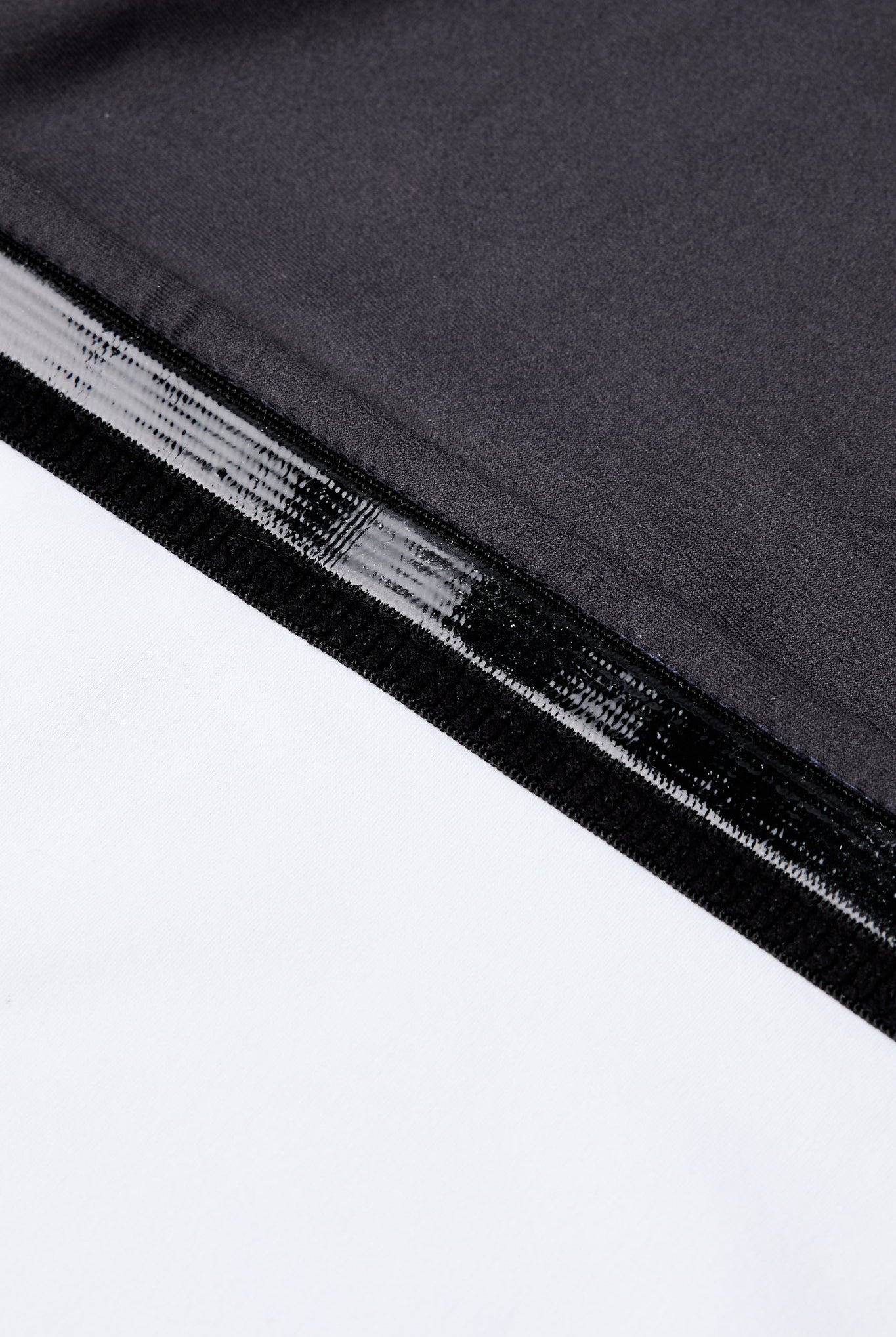Is Muay Thai & BJJ A Good Combination for Effective Self-Defense and Competition?

The combination of Muay Thai and Brazilian Jiu-Jitsu (BJJ) has gained attention among martial arts enthusiasts and practitioners. Each discipline brings unique skills to the table: Muay Thai excels in striking and stand-up combat, while BJJ focuses on ground fighting and submissions. Together, they create a well-rounded skill set that can be advantageous in both competition and self-defense scenarios.
Integrating these two martial arts allows practitioners to develop a balanced approach to combat. Those who train in both disciplines can transition smoothly between striking and grappling, making them formidable opponents. This versatility not only enhances performance in competitions but also fosters a deeper understanding of different fighting styles.
Many fighters have successfully merged Muay Thai and BJJ to improve their overall effectiveness. This blend prepares them for various challenges in the ring or on the street. Ultimately, this combination is indeed a powerful choice for anyone looking to enhance their martial arts journey.
Fundamentals of Muay Thai & BJJ
Both Muay Thai and Brazilian Jiu-Jitsu (BJJ) have distinct principles and core concepts that define their techniques and applications. Understanding these fundamentals is essential for effective training and integration of both martial arts.
Key Principles of Muay Thai
Muay Thai, known as the "Art of Eight Limbs," employs hands, elbows, knees, and shins. This striking art focuses on using various striking techniques combined with clinch work for effective dominance in combat.
Key principles include:
- Balance and Stability: Maintaining a strong stance allows for effective strikes and counters.
- Distance Management: Understanding range enables fighters to evade attacks and position themselves for effective strikes.
- Power Generation: Utilizing body mechanics and hip rotation enhances strike effectiveness.
Training includes shadowboxing, pad work, and sparring, emphasizing repetition to build muscle memory.
Core Concepts of Brazilian Jiu-Jitsu
Brazilian Jiu-Jitsu emphasizes ground fighting with a focus on submissions, positional control, and leverage. It aims to allow smaller individuals to defend themselves against larger opponents through technique rather than strength.
Core concepts include:
- Position Before Submission: Achieving dominant positions is crucial before attempting submissions.
- Leverage and Technique: Utilizing body mechanics to apply techniques effectively minimizes the need for strength.
- Fluidity and Adaptability: Practitioners learn to adapt their tactics based on opponent movements.
Training involves drilling techniques, positional sparring, and rolling to develop proficiency in both offensive and defensive skills.
Analyzing the Synergy
The combination of Muay Thai and Brazilian Jiu-Jitsu creates a powerful synergy for practitioners. Each discipline offers unique strengths that enhance an individual's overall effectiveness in striking and grappling.
Stand-Up vs. Ground Game
Muay Thai focuses on striking techniques, utilizing elbows, knees, punches, and kicks. This striking proficiency allows practitioners to engage effectively in stand-up exchanges, creating opportunities to control opponents from a distance.
In contrast, Brazilian Jiu-Jitsu emphasizes ground control and submissions. Mastery of BJJ equips individuals with the skills to take the fight to the ground, where they can utilize techniques such as guard, mounts, and various submission holds.
Combining these striking and grappling skills creates a versatile fighter capable of adapting to different situations, whether standing or on the ground. This versatility can be crucial in competitive scenarios.
Striking to Grappling Transition
One of the noteworthy benefits of integrating Muay Thai and BJJ is the ability to transition seamlessly between striking and grappling. A fighter trained in both can initiate strikes to create openings for takedowns.
For example, a well-placed knee or kick can destabilize an opponent, making them vulnerable to a clinch or takedown. Training in both disciplines allows athletes to develop an acute sense of timing and distance, essential for effective transitions.
Additionally, understanding striking cues helps in defending against takedowns. A fighter proficient in Muay Thai can better anticipate a grappler’s approach, enabling smoother counter-action. This fluidity in skill transfer strengthens the overall game.
Conditioning and Training
The training regimens in Muay Thai and BJJ differ but complement each other well. Muay Thai training builds cardiovascular endurance and explosive power through high-intensity striking drills and pad work.
In contrast, BJJ focuses on strength, flexibility, and strategic movements, often involving drills that enhance grip strength and core stability.
Together, these training styles contribute to a well-rounded fighting condition. Incorporating various conditioning techniques from both disciplines prepares practitioners for the demands of both striking and grappling, improving their stamina and effectiveness. This combination enables athletes to maintain performance throughout longer rounds or matches.
Strategies for Combining Disciplines
Combining Muay Thai and BJJ requires an understanding of their distinct techniques and how they can complement each other in practical scenarios. Effective strategies involve integrating specific skill sets and adapting techniques for different fighting environments.
Integrating Skill Sets
To integrate Muay Thai and BJJ, one must focus on combining striking and grappling effectively. Strikers should learn fundamental grappling techniques to defend against take-downs. This includes developing an awareness of distance management to prevent being brought to the ground.
For BJJ practitioners, adding striking techniques can enhance their game significantly. They can practice striking while in a standing guard or during transitions. Drilling specific combinations can help build a hybrid skill set.
Training sessions can include specific scenarios where both athletes use their respective strengths. For example, practicing takedown defense while maintaining striking range is essential.
Adapting Strategies for MMA
MMA competitions demand a more versatile approach. Fighters must develop the ability to switch seamlessly between Muay Thai and BJJ techniques, depending on the situation. This involves training in environments that mimic fight conditions.
Strategy tips include:
- Situational Drilling: Simulate scenarios where a fighter must transition quickly from striking to grappling.
- Conditioning: Focus on cardiovascular fitness to handle the demands of both arts during extended bouts.
- Strategy Sessions: Analyze fights to determine when to strike or grapple effectively.
By fostering an adaptable mindset, practitioners can react instinctively to opponents' moves. This integration enhances overall performance in mixed martial arts settings.
Training and Competition
Training in both Muay Thai and Brazilian Jiu-Jitsu (BJJ) offers athletes the chance to develop a diverse skill set. This combination enhances fighting techniques while fostering adaptability in competition settings.
Cross-Training Approaches
Cross-training in Muay Thai and BJJ allows practitioners to refine striking and grappling skills simultaneously. Athletes often alternate training schedules, dedicating specific days to each discipline.
-
Striking Techniques: Muay Thai focuses on kicks, punches, elbows, and knees. Training emphasizes footwork, head movement, and combinations.
-
Grappling Techniques: BJJ prioritizes ground fighting, teaching submissions, escapes, and positional control. Practitioners learn to transition between standing and ground situations.
Keeping a balanced routine helps avoid burnout and ensures steady progress in all areas. Many athletes find value in assessing opponents' strengths, tailoring their training to counter those specific techniques.
Competing in Mixed Martial Arts
Competing in MMA provides a platform for Muay Thai and BJJ fighters. This combination can be advantageous due to the blend of striking and grappling skills.
Fighters with a strong Muay Thai background may dominate standing exchanges, utilizing powerful kicks and elbows. Meanwhile, a solid BJJ foundation allows them to navigate ground situations effectively.
Athletes should prepare for MMA bouts by sparring with partners skilled in both Muay Thai and BJJ. This experience enhances timing, distance management, and adaptability under pressure. Fighters must also develop conditioning and strategy tailored to the unique demands of MMA competition, where transitions between striking and grappling occur frequently.























